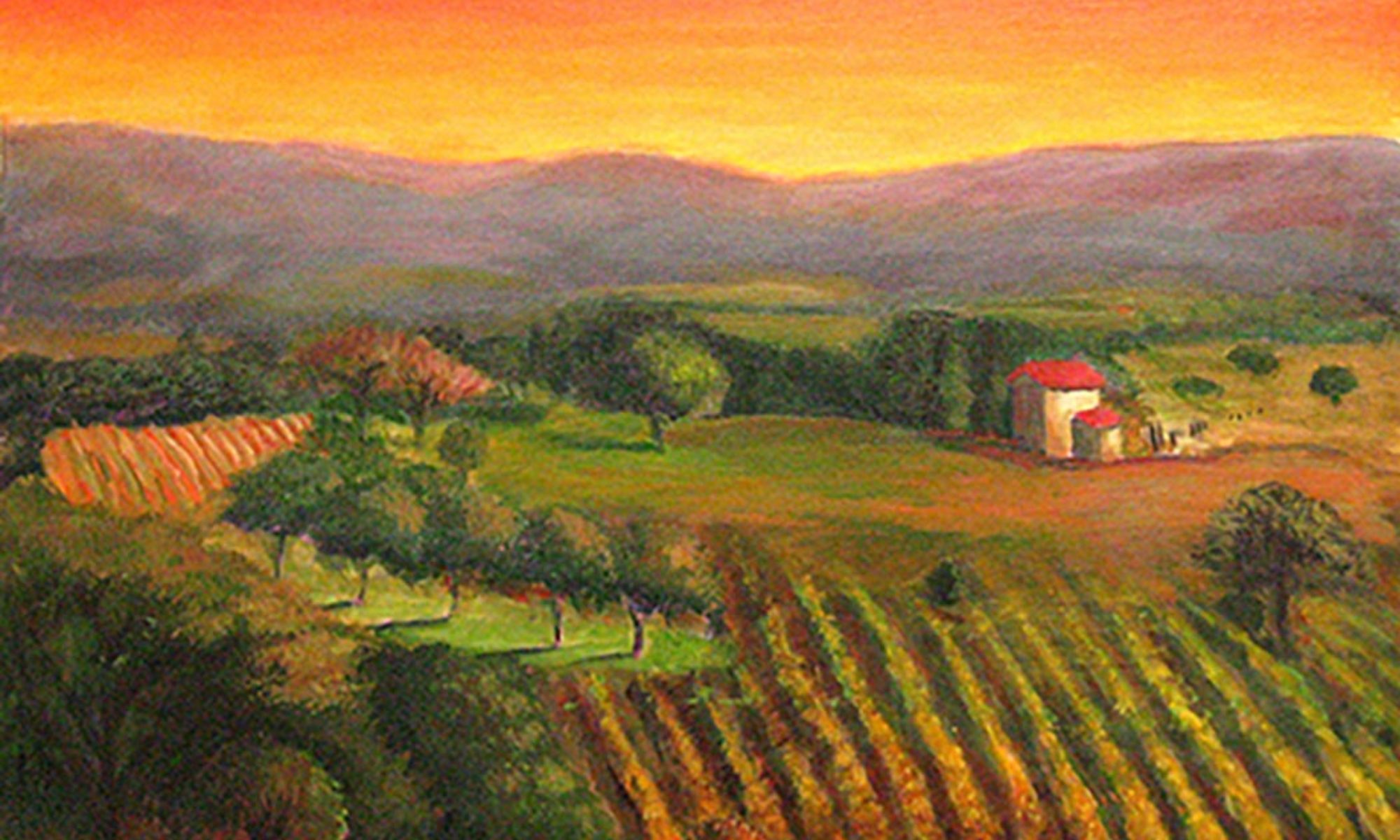Welcome to Fine Art Terms: An Art Glossary for Drawing, Painting, and Digital Art Mastery, your go-to resource for unraveling the language of the artistic realm. Whether you’re a seasoned artist, a budding creator, or someone with a keen interest in the world of visual expression, this comprehensive glossary is designed to demystify the intricate vocabulary associated with drawing, painting, and digital art. From fundamental techniques to advanced concepts, empower your artistic journey by navigating the rich tapestry of art terms. Let each definition be a stepping stone towards unlocking the boundless possibilities of your creative endeavors.
Below is a glossary of art terms covering a variety of terms, drawing techniques, painting techniques, and digital art techniques:
Art Terms:
- Abstract Art: Artwork that does not attempt to represent an accurate depiction of visual reality but instead uses shapes, colors, forms, and gestural marks to achieve its effect.
- Composition: The arrangement of elements within a work of art, including the placement of objects, colors, and overall structure.
- Expressionism: An art movement that emphasizes the expression of emotional experience rather than physical reality.
- Palette: The range of colors used by an artist in a particular piece or during a specific period.
- Still Life: A genre of art depicting inanimate objects, often arranged in a composed manner.
- Surrealism: An artistic movement that explores the irrational and imaginative aspects of the unconscious mind.
- Gesso: A primer applied to canvas or other surfaces before painting to provide a smooth and absorbent surface.
- Contrast: The arrangement of opposite elements to create visual interest, excitement, or drama in a work of art.
- Mixed Media: Artwork that incorporates a variety of materials and techniques beyond traditional painting or drawing.
- Abstract Expressionism: A post-World War II art movement that emphasizes spontaneous, gestural expression often involving the use of large brushes and dripped or poured paint.
Drawing Terms and Techniques:
- Contour Drawing: A drawing technique where the artist creates an outline that defines the outermost edges of an object, without lifting the drawing instrument.
- Hatching: A shading technique using closely spaced parallel lines to create the illusion of value or texture in a drawing.
- Cross-Hatching: Adding intersecting sets of parallel lines to create shading and texture in a drawing.
- Gesture Drawing: A quick and loose drawing capturing the essence and movement of a subject.
- Stippling: A drawing technique using dots to create value and texture.
- Graphite: A form of carbon used in pencils for drawing.
- Charcoal: A drawing medium made from burnt wood, typically used for expressive and bold strokes.
- Still Life Drawing: Representation of inanimate objects arranged in a particular composition, often used for study.
- Proportion: The relationship in size between different parts of a whole in a drawing.
- Foreshortening: A technique used to create the illusion of depth by shortening lines in a drawing.
Painting Terms and Techniques:
- Impasto: A painting technique where the paint is applied thickly to create a textured surface.
- Glazing: The application of a thin, transparent layer of paint over a dry layer to create depth and modify color.
- Trompe-l’oeil: A painting technique that creates the illusion of three-dimensional reality.
- Chiaroscuro: The use of strong contrasts between light and dark to create a sense of volume and three-dimensionality in painting.
- Underpainting: An initial layer of paint applied to a canvas to provide a base for subsequent layers.
- Palette Knife: A tool with a blunt blade used for applying or manipulating paint on a canvas.
- Fauvism: An early 20th-century art movement that emphasized bold color and brushwork over realistic representation.
- Wet-on-Wet: A painting technique where new layers of wet paint are applied to previous layers that are still wet.
- Scumbling: A painting technique involving a thin, broken layer of color applied over a dry layer to create a hazy effect.
- Sfumato: A painting technique where colors and tones are blended gradually to create a soft transition between colors and tones.
Digital Art Techniques:
- Pixel Art: A form of digital art where images are created using tiny square-shaped pixels to form a larger image.
- Layer Masking: A technique in digital art software where certain areas of a layer can be hidden or revealed without permanently erasing them.
- Vector Graphics: Digital images created using mathematical equations to define shapes, allowing for infinite scalability without loss of quality.
- Rendering: The process of generating the final image from a 3D model in digital art and computer graphics.
- Brush Dynamics: Adjustable parameters in digital art software that control the behavior of brushes, such as size, opacity, and pressure sensitivity.
- Digital Painting: The creation of visual art using digital tools and techniques, often mimicking traditional painting styles.
- Texture Mapping: A technique in 3D computer graphics where images or patterns are applied to the surface of a 3D model to simulate surface details.
- Algorithmic Art: Art created using algorithms and mathematical equations to generate visual patterns and forms.
- Tablet Drawing: The use of digital drawing tablets and styluses to create art in a digital environment.
- UI/UX Design: The design of user interfaces and experiences, often involving digital art elements, for websites, apps, and other digital platforms.


